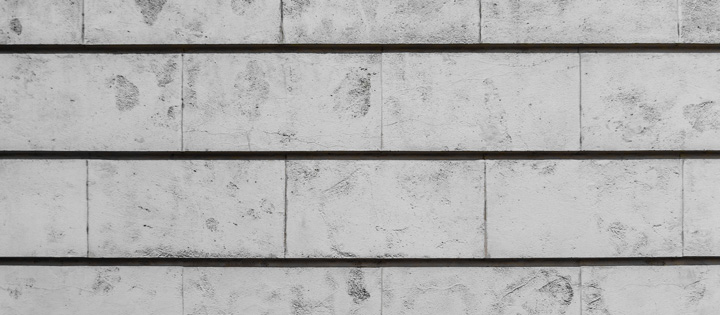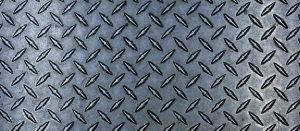
Modern Takes Ancient Inspiration
Across the Shanghai Wisdom Bay Pond spans the the world’s longest pedestrian bridge that’s 3D-printed.It’s a single-arch bridge designed and developed by Professor Xu Weiguo from the Tsinghua University (School of Architecture) – Zoina Land Joint Research Center for Digital Architecture. It measures 26.3 meters long and 3.6 meters wide, similar and inspired by the ancient Anji Bridge in Zhaoxian, China.
The structure created used a 3D printing concrete system integrated digital design, cost efficiency, smart technology, and architectural dynamism. The bridge’s handrails are shaped like flowing ribbons on the arch, creating a light, elegant movement across the pond. Made out of 44 hollowed-out 3D-printed concrete units and the handrails are divided into 68 units. The bridge’s components have been printed from composite materials, containing polyethylene fiber concrete to match the structural performance of conventional materials.
The scale of the physical model of the bridge is 1:4 which aims to prove that the bridge could hold all the pedestrians on the entire bridge surface. On actual construction, two robots printed the concrete components over the course of 450 hours. No templates nor reinforcing bars were used which contributed to 33% savings compared to the conventional process of construction. Additionally, there’s a monitoring system installed in the bridge that gives data drawn from vibrations of the stresses and the strains in the embedded wires.
The information gathered will allow for a greater understanding of the practical performance of new concrete materials, and the structural properties of 3D-printed components.
3D printing technology has brought about major changes in the use of concrete as printing material, but it’s not the only material. Columbia University has developed a new technique for 3D printing and scanning, producing a product with the look of timber, having authentic interior grain. Meanwhile, the world’s first 3D-printed steel bridge was recently unveiled at Dutch Design Week.
Building Bridges of the Future in Seattle
In Seattle 3D-printing bridges is still a thing of the future, but not impossible. Today, at 3D Composites, we turn your small ideas into realities. When you’ve got an idea in the works, talk to us and let’s build.



